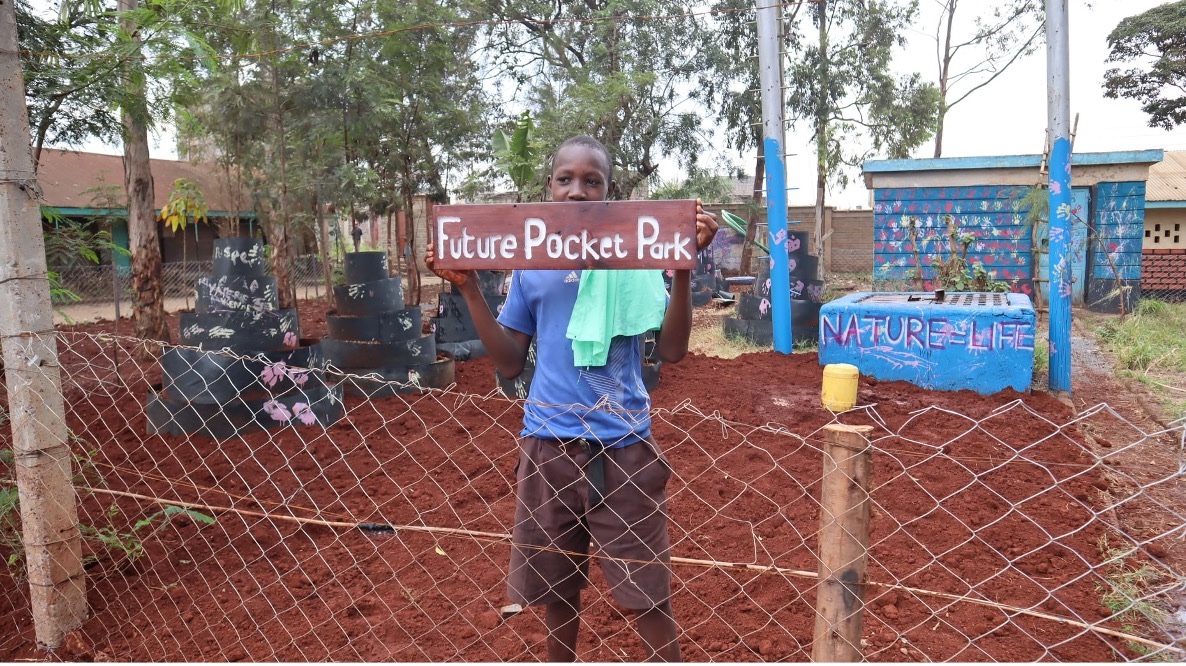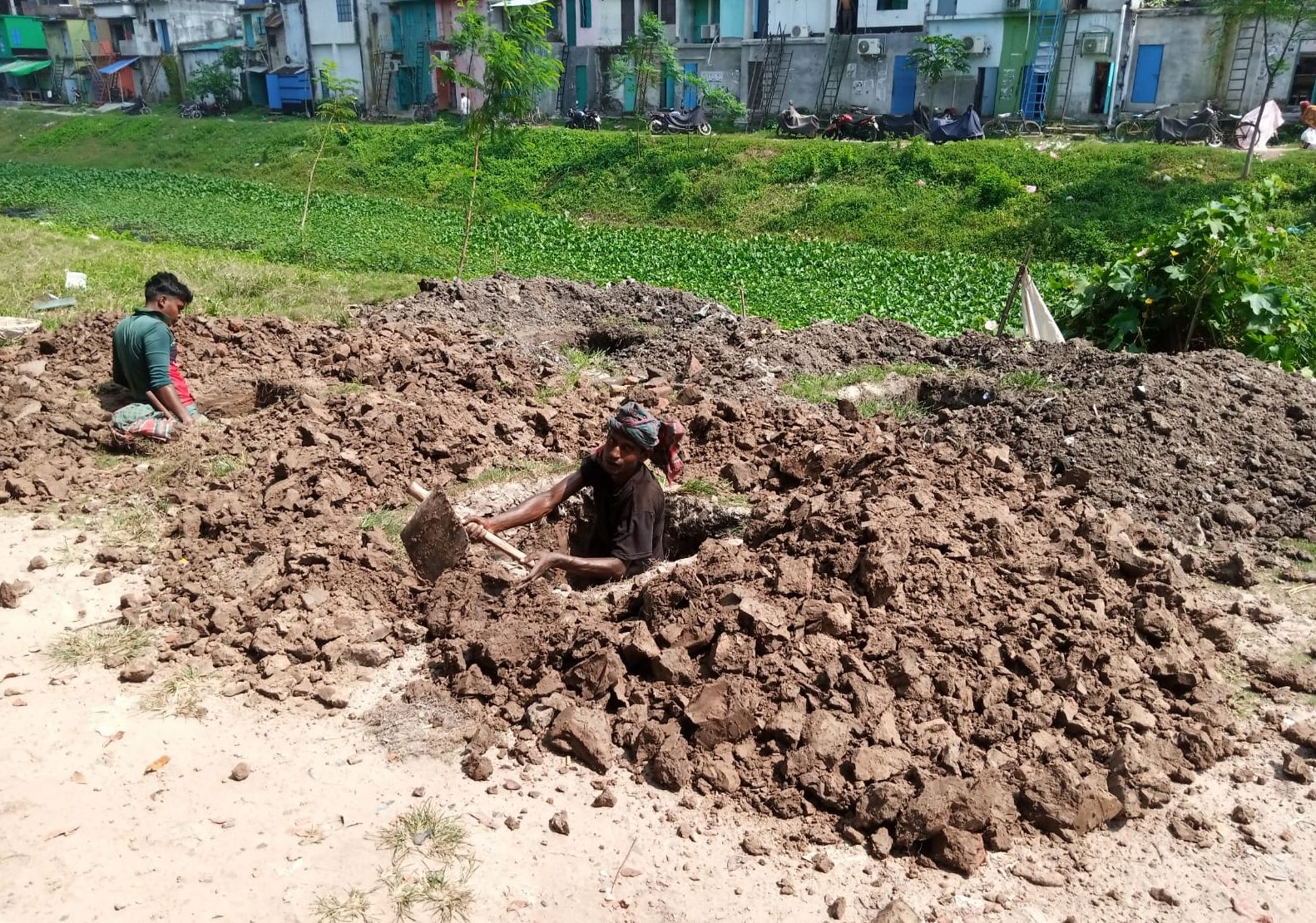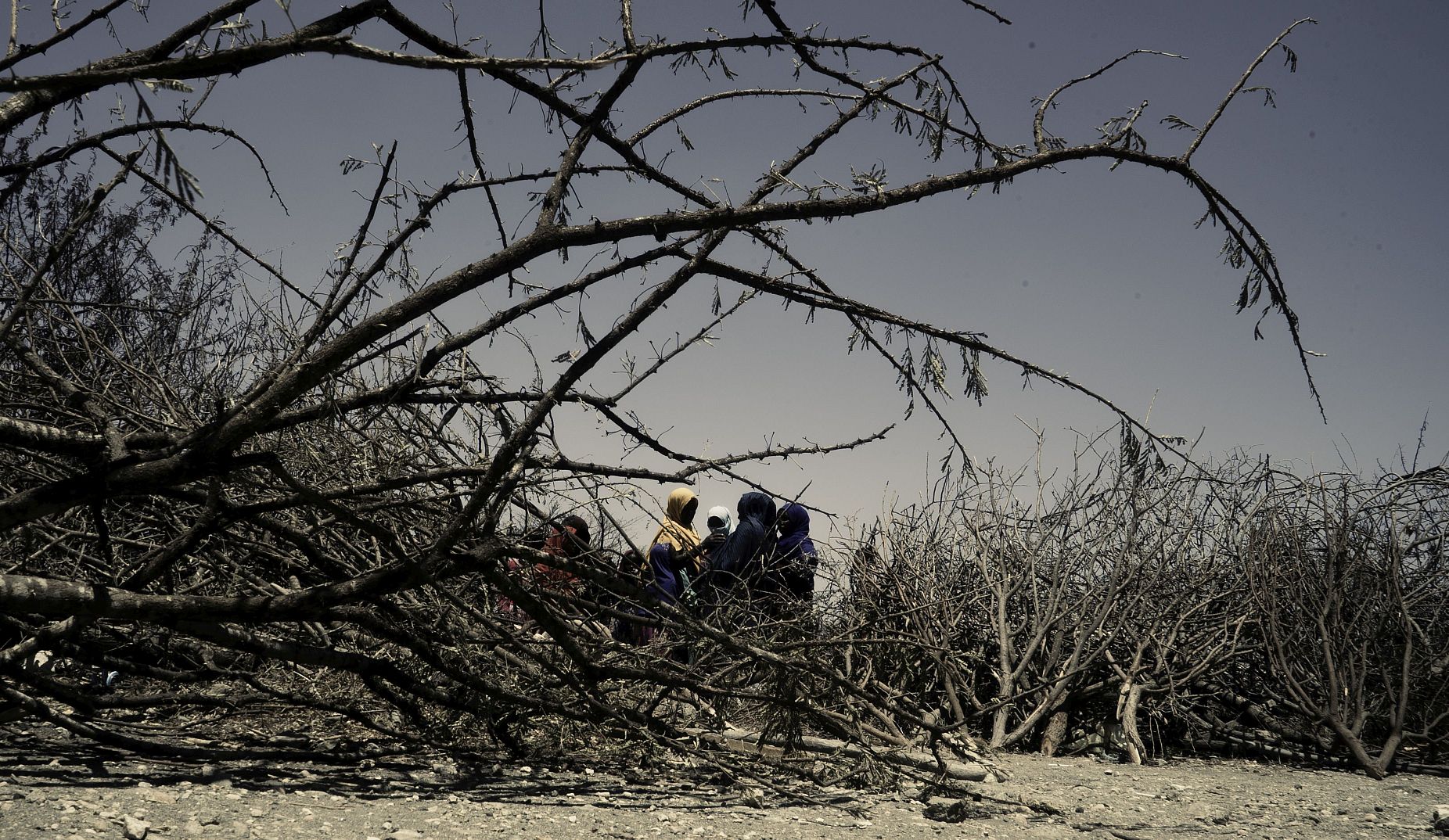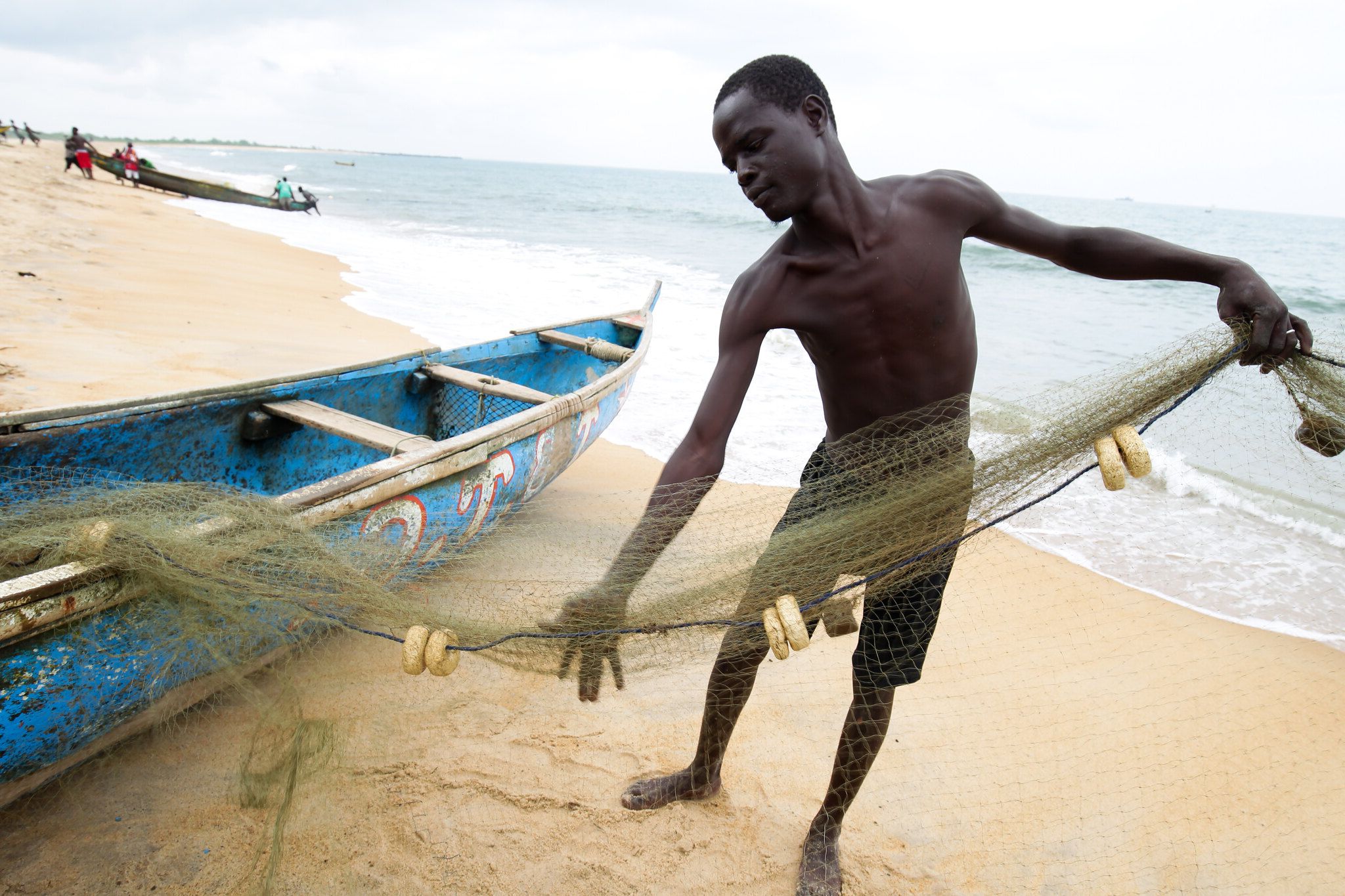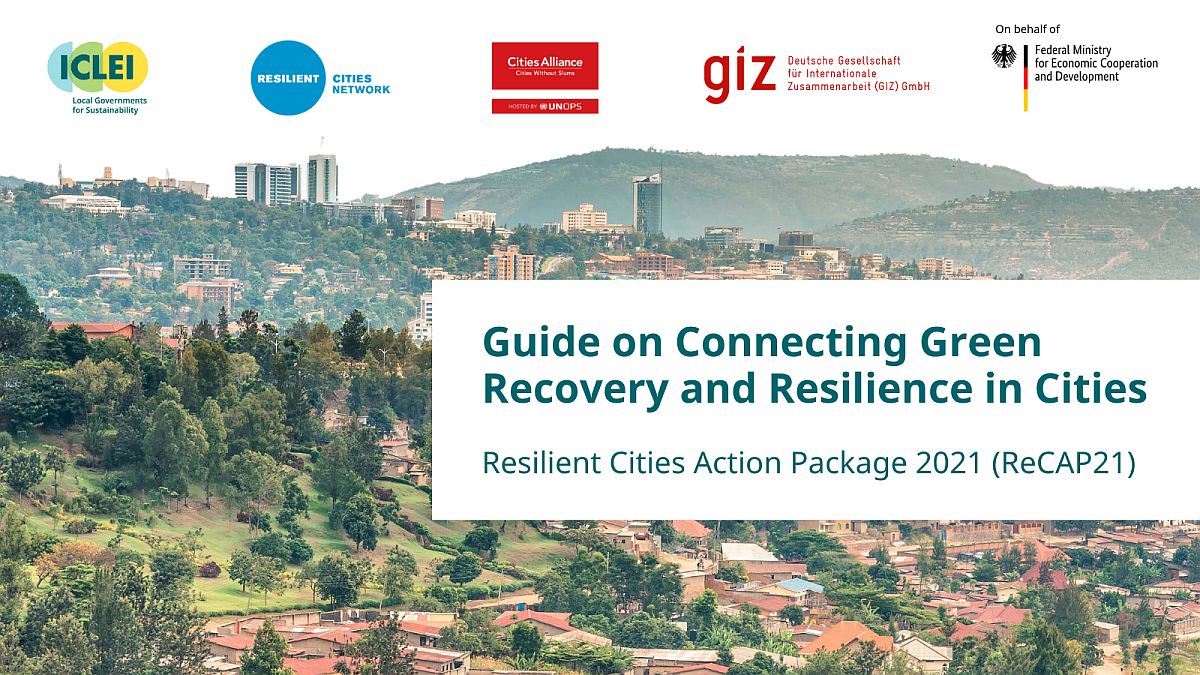Kenya is highly vulnerable to climate change, with rising temperatures and rainfall variability affecting the lives and livelihoods of millions of people. Climate-related disasters such as flooding and severe storms, damage homes and infrastructure, disrupt food and water supplies, reduce incomes, and increase the incidence of waterborne diseases.
Poor people living in informal settlements such as Korogocho in Nairobi County are disproportionately vulnerable to these hazards. At the same time, there can be a low level of awareness about climate change in these communities, as well as about possible adaptive measures for mitigating its impacts. In Korogocho, the lack of awareness stems from a lack of access to information and resources.
Local climate awareness programs are generally limited to the literate and economically able, while many community residents are semi-literate, and most are poor.
To address this issue, the Future Yetu (Our Future) project of the Hope Raisers organization has implemented a series of innovative and creative measures to help the residents of Korogocho better understand and adapt to climate change impacts. The project is supported by Cities Alliance, through the Stronger Partnerships: Local Innovations for New Climate Realities in Cities initiative, in partnership with the Swedish Development Cooperation Agency (Sida) and the German Federal Ministry of Economic Cooperation and Development (BMZ).
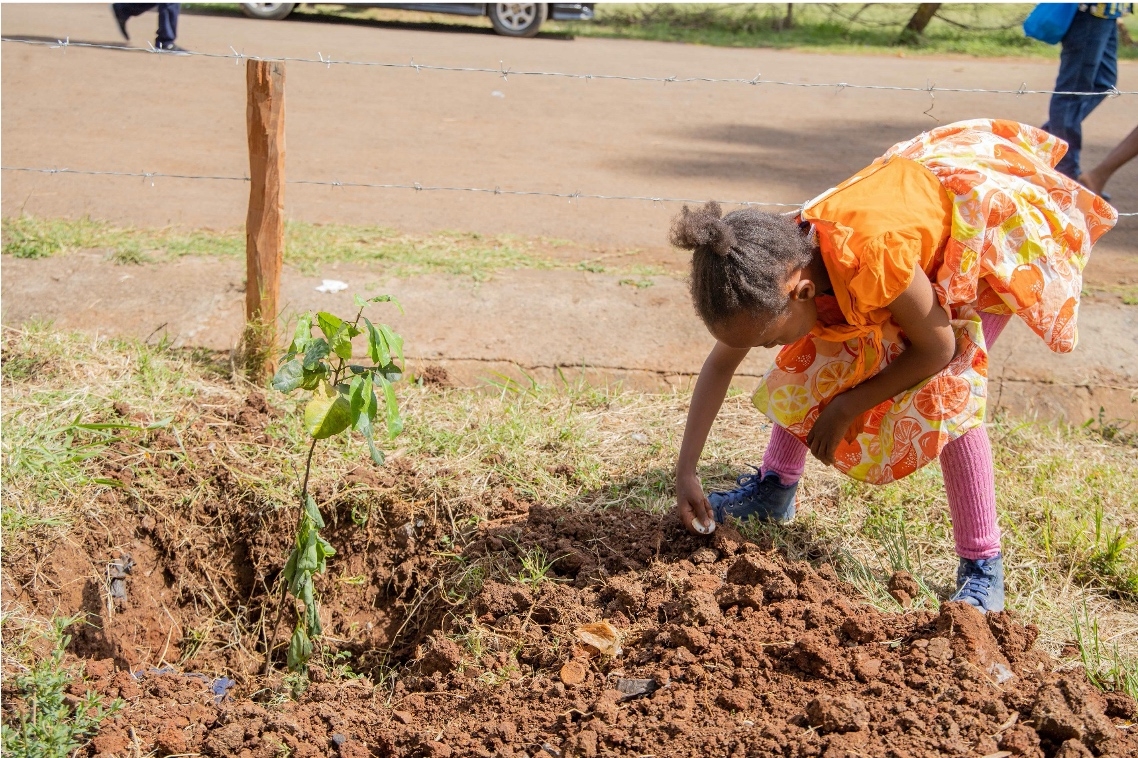
Korogocho is one of the largest informal settlements in Nairobi, with a population of more than 150,000 people pressed into 1.5 square kilometres. Its location next to the Dandora dumpsite between two tributaries of the Nairobi River leaves this community especially vulnerable to climate-related disasters, as well as hazards such as air pollution and outbreaks of disease. Yet even though communities may be dealing with the impacts of climate change in their lives, the issue can still seem remote.
The project began with a baseline survey to gauge awareness, vulnerabilities, and risks and to prioritise the community's concerns. From the issues identified in the survey, the Future Yetu team developed an innovative, multi-faceted approach that combines the creative arts, digital tools, peer-to-peer outreach, community participation, and enhanced communications with local government. Key components of the project are outlined below:
- Digital Stories is an innovative approach in which the project team recorded and produced videos of local community members sharing their experiences about the impacts of climate change on their lives. The process of creating Digital Stories built the community's technological literacy and access to new media and communication tools. Twenty community members (12 women and 8 men) acquired skills in basic scriptwriting, plot development, and video production. The completed series of Digital Stories was screened for more than 300 Korogocho residents at a local school, as well as in matatu (minibus) exhibitions. The videos are now available online. Future Yetu also engaged artists in other visual/performing exhibitions and creative projects exploring linkages between humans and the natural environment and the effects of climate change.
- Carbon Sink Pocket Park is a small-scale prototype park at Daniel Comboni Primary School in Korogocho that was developed in response to comments collected through digital stories and matatu exhibitions. The finished park is now an accessible green space where fast-growing bamboo is storing carbon dioxide. The location of the park at a local public school leverages the ability of children as effective communicators. School children first learned about climate change in their classes, and then the community of parents, teachers, and students worked together to install the park. The park also includes educational elements and colourful art installations. A key goal of this project is to demonstrate a way to help reconnect the next generation with nature while adding green space on available public land.
- Korogocho Climate Change Adaptation Committee is an organisation formed by Future Yetu consisting of waste pickers, recyclers, and community leaders. The committee developed and formally presented a call-to-action document, Korogocho Climate Adaptation Manifesto, which captures community priorities and interests on climate change. An overall goal of the committee is to help improve relations between the county government and the community. The committee is now seamlessly engaging with the Nairobi Metropolitan Environment Department to mitigate a range of climate-related risks, as identified in the manifesto.
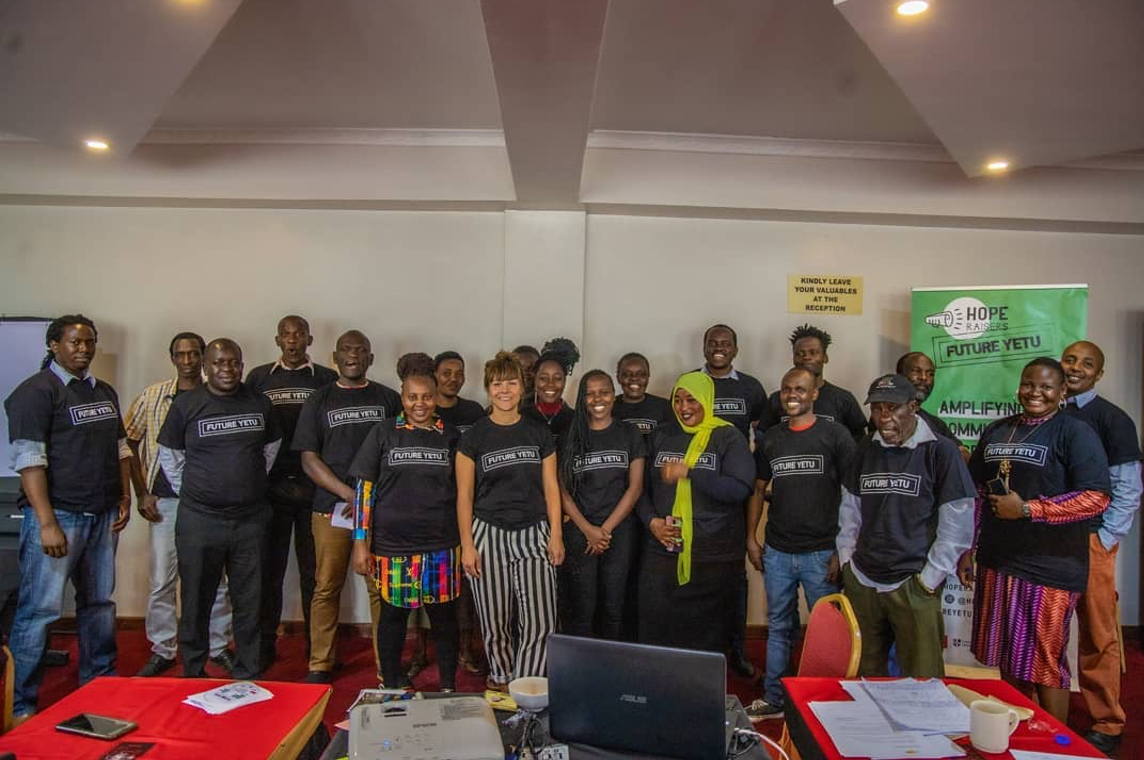
In the next phase, the project intends to venture into the production of arts and crafts, jewellery, and more value-added products using recycled waste from Dandora dumpsite. Future Yetu 2 will operate as a consortium that includes Korogocho Climate Change Adaptation Committee, Hope Raisers, and additional partners.

